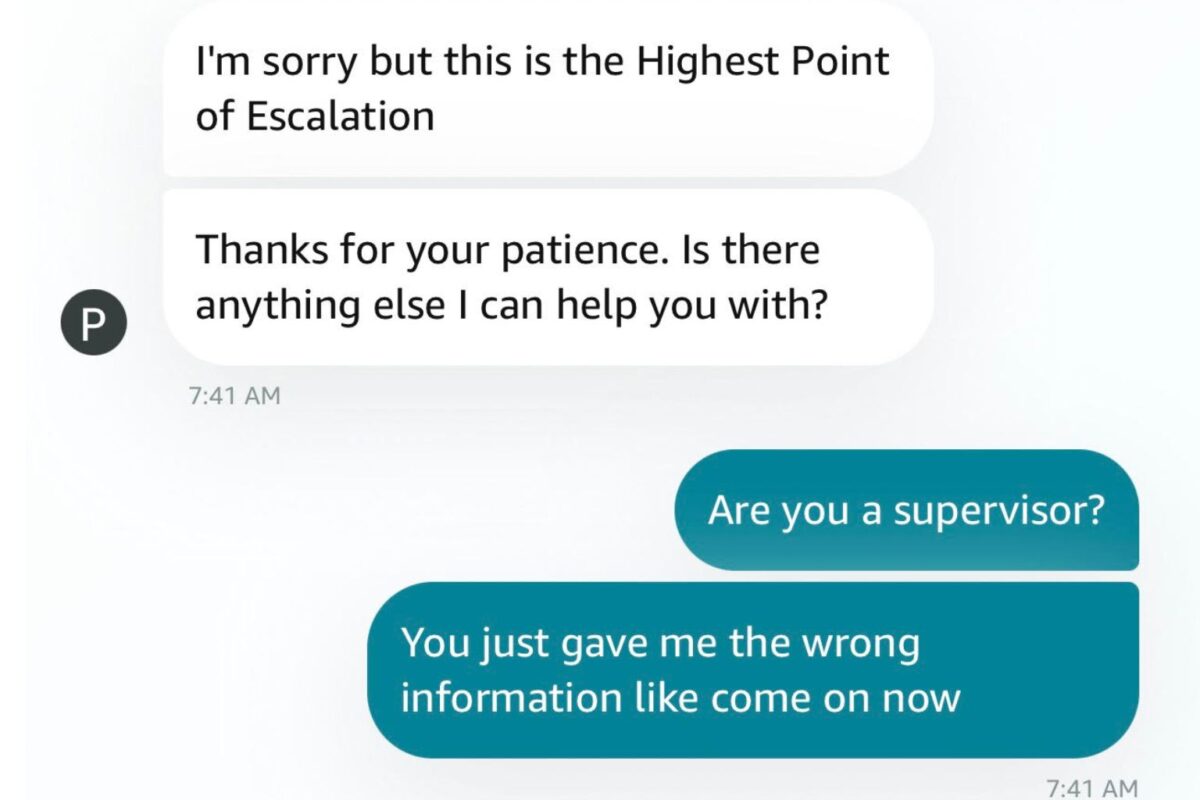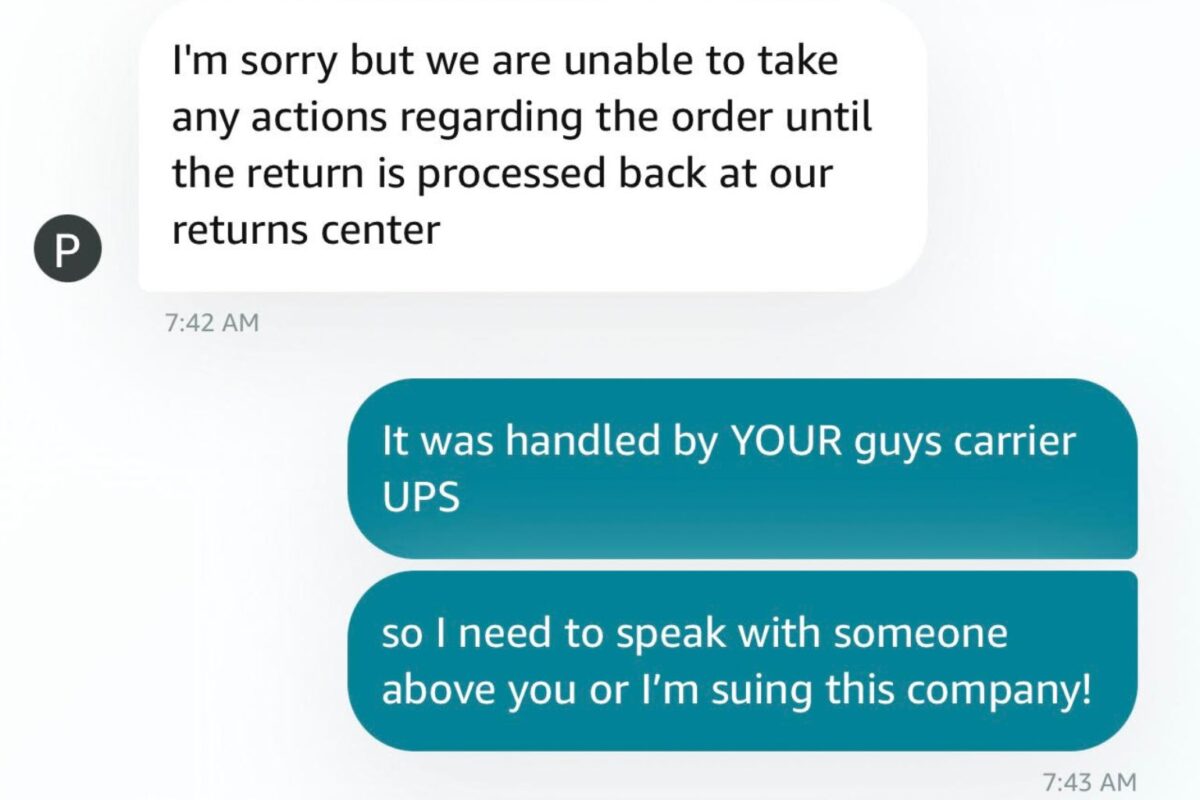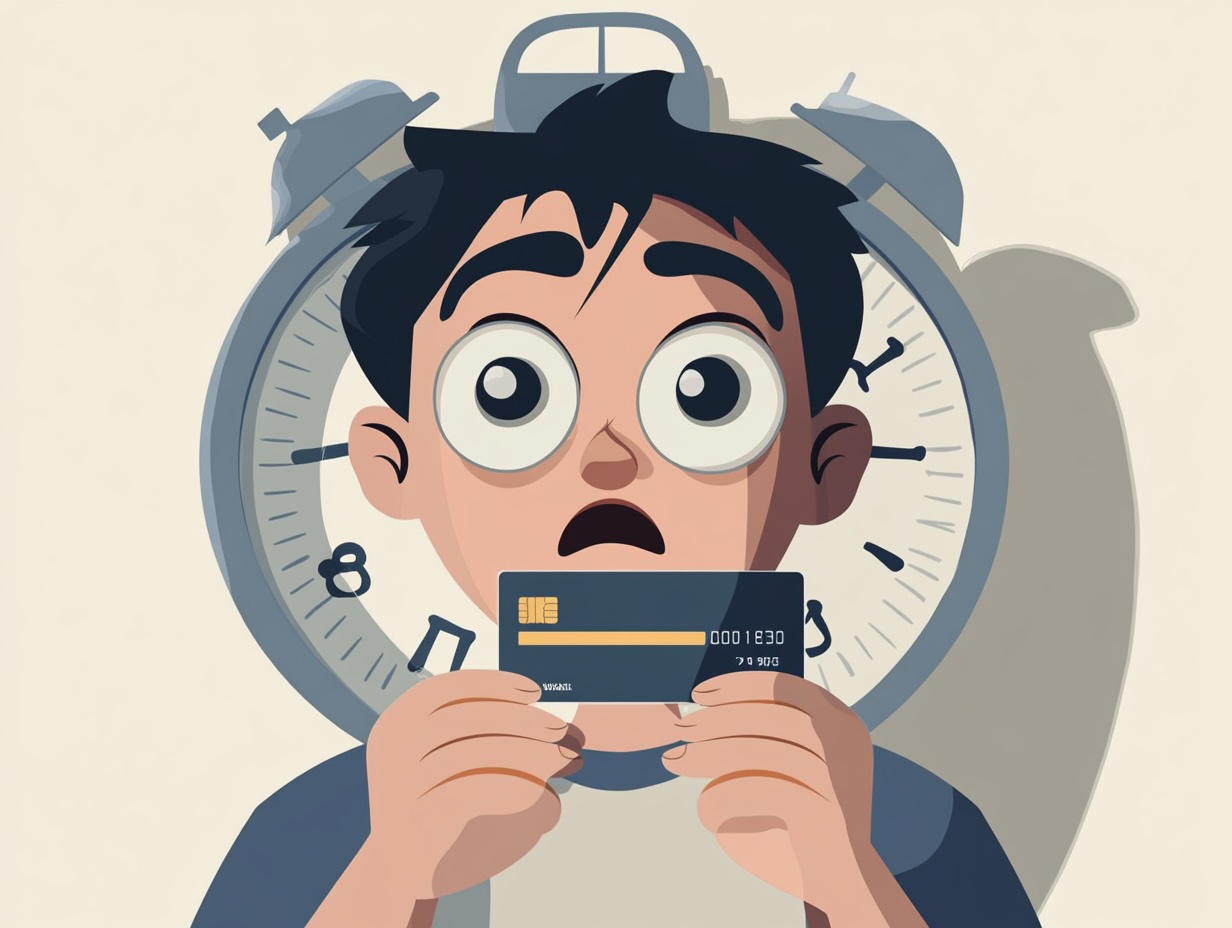Kay just wanted the wig she ordered from Amazon. At least, that’s what she claimed.
The online retailer sent her the wrong hairpiece, and when she tried to return it, Amazon kept her money.
Sounds like a case of Amazon falling down on the job, right? Not quite.
Her case exposes one of Amazon’s biggest secrets about how it tracks dishonest customers. It turns out Amazon has recently put a new system in place to prevent fraudulent activity. It had ensnared Kay in its net — and you may be next.
But I’m getting ahead of myself. Here are the questions Kay’s case raises:
- How do you know if you’re a dishonest Amazon customer?
- What should you avoid if you’re returning a product to Amazon?
- What happens if Amazon believes you are being dishonest?
Where’s the refund for her returned wig?
Kay, whose last name I am leaving out of this story for reasons that will be obvious in a minute, paid $151 for a wig from Amazon in February. She told me Amazon sent her the wrong wig, so she returned it.

“After about three or four weeks, I hadn’t received my refund nor an update,” she says. “I reached out to Amazon chat support and was informed most returns take 14 days but to wait 60 days.”
But two months after returning the wig, the refund still hadn’t landed in her account, and Amazon wasn’t saying anything.
“The tracking number for my item states it was delivered two months ago, so I am very confused as to why no refund can or hasn’t been processed,” she told me.
Kay just wants her money back for the wrong wig.
“I would like my concerns acknowledged and to get my refund,” she told me. “Because that is simply not fair!”
So what really happened to this wig order?
Unfortunately, Kay had left a few details out of her account to my advocacy team. She had actually placed two orders. The first one was canceled because of an unknown payment dispute.
The payment dispute triggered one of Amazon’s newest security precautions. Before delivering the second wig, Amazon sent her a one-time numeric code. Amazon asked her to provide the code to the delivery driver in order to receive her package.
Kay initially would not give Amazon the passcode, so the driver left without delivering the package. But then Kay changed her mind and asked to have the package delivered the next day. She gave the driver the code, verifying she had the package. (Related: I returned my defective hard drives to Amazon. What’s this $546 restocking fee?)
But then Kay contacted Amazon and claimed the package hadn’t been delivered. And then she initiated a return.
What happened next is nothing short of bizarre. Kay either knowingly or unknowingly manipulated the return label and then attached two separate return labels to the package — one for the Amazon item, one from an unknown source.
The original package weighed 1.2 pounds. But according to the UPS scan, the return weighed 36 pounds. Amazon did not accept that return.
Bottom line: Amazon is not going to return her money so quickly.
But wait, what’s this delivery code?
Does Amazon think I’m a dishonest customer?
Amazon had kept the delivery code so quiet that even my contact didn’t know about it. And it may be one way of telling if you’re a problem customer.
According to Amazon, a one-time password delivery requires customers to share a six-digit code with drivers to confirm receipt. It applies to “high-value items deemed as having a high risk of being lost or stolen to protect customer’s orders,” a company representative told me.
So why require a one-time passcode for a $151 order from Amazon? In a phone call, an Amazon representative said the passcode doesn’t just apply to high-value items. If a package is likely to be stolen, the driver might ask for a passcode. And a customer’s past order history — for example, someone with a record of reporting packages lost — might also trigger a one-time passcode.
To be sure, having a passcode doesn’t necessarily mean you’re a dishonest customer. It just means Amazon is taking extra precautions to ensure you get your package. But if I ordered an item for $151 and I lived in a safe neighborhood, and Amazon asked for a passcode delivery, I might start to get suspicious.
What should you do if you’re returning a product to Amazon
To avoid getting tagged as a bad customer, you can take these precautions:
Take a picture of your package
Always take a photo of the package and its contents. That way, you have a record of the product you received and the condition in which Amazon delivered it.
Use the return label
Do not modify the return label in any way. Amazon and UPS use barcode scanners to track your package. If you write over the label, it could interfere with your return. Also, take a picture of the return label — just in case.
Do not add anything to the package
If Amazon detects a discrepancy in the weight of the item, it could reject your return. And once it’s gone, it’s gone.
What happens if Amazon believes you are lying?
Kay’s case raised a lot of red flags. Almost as many red flags as this recent story about Amazon pulling a bait and switch on a reader. And that raises the question: What happens when Amazon thinks you are lying?
Amazon tracks all of your orders closely. Every delivery, every attempted delivery, every complaint. Here are some of the things that may flag you as a bad customer:
Failed deliveries
If you have repeated failed deliveries to your home address — if, for example, you report your package missing or stolen — that could identify you as a problem customer. Amazon is usually quick to accept a return and credit you, but if it thinks you are not shooting straight, you will face long delays as it tries to determine if you’re telling the truth.
Frequent returns
I’ve seen many serial returners get flagged because a customer returned too many items. If you’re a serial returner, your account could get reviewed or even suspended. (Here’s our guide to Amazon product returns.)
Suspicious card activity
Amazon might also think you are lying if you report stolen gift cards or have problems with your credit card, such as a credit card dispute. If you order a dozen gift cards and report them stolen and then dispute the charge on your credit card, you’ll almost certainly get flagged.
If any of these things happen, the best-case scenario is that your next Amazon order, no matter the size, will require a one-time password. Worst-case scenario? Amazon will suspend your buyer account.
There’s one more thing that will tag you as a problem customer with Amazon
And there’s one more thing that tells Amazon you are trouble: That is the way you interact with its employees.
When Kay didn’t get what she wanted, she demanded to speak with a supervisor.

And when the employee didn’t immediately promise to send her refund, she turned hostile.

Amazon is believed to identify abusive customers in its system. Although it’s unclear if her interactions in this particular case would have met that threshold, I can tell you how I might respond if someone demanded to speak to my supervisor and then threatened to sue me.
In fact, I’m likely to block a commenter or send their emails straight to the spam folder for far lesser offenses. Using salty language or name-calling is often enough to freeze a commenting account. And crazy, unhinged behavior will land you in my spam folder, where all your threatening emails will remain unread.
Bottom line: Amazon probably had Kay’s number long before she purchased the wig.
What to do if Amazon suspends your buyer account
Even though Amazon didn’t suspend Kay’s account, she is probably close to being banned. When that happens, Amazon will send her an email notifying her that her account has been suspended, probably without giving a reason.
The only known way to appeal an Amazon account suspension is to reply to the email with a brief, polite message. Ask Amazon why it suspended you and what you can do to get your account back.
- Amazon will send you instructions for an appeal within a day.
- Amazon will ask for documents like credit card statements to substantiate your claims. I would include these without making any changes to them.
- Don’t inundate Amazon with information it hasn’t requested. Instead, answer all of its questions honestly and always mind your manners. If you’re abusive or accusatory, it will almost certainly doom your chances of getting reinstated.
The appeals process takes about three days from submitting the requested documents.
And what about Kay’s wig?
Maybe this is just a misunderstanding between Kay and the company. Maybe Kay is an honest person and this might just be a series of unfortunate misunderstandings. And maybe that is why her return process is taking so long. Maybe it is trying to figure out what she sent back and how much, if anything, it owes her.
Maybe, maybe not.
If Kay refused to provide the one-time password, sent the wrong item back to the company and manipulated the return label, it will be a long road to get her $151 back and restore her account to good standing. I’m not waiting another 60 days to find out what happens, but I will update this story when she gets her final answer from Amazon.




